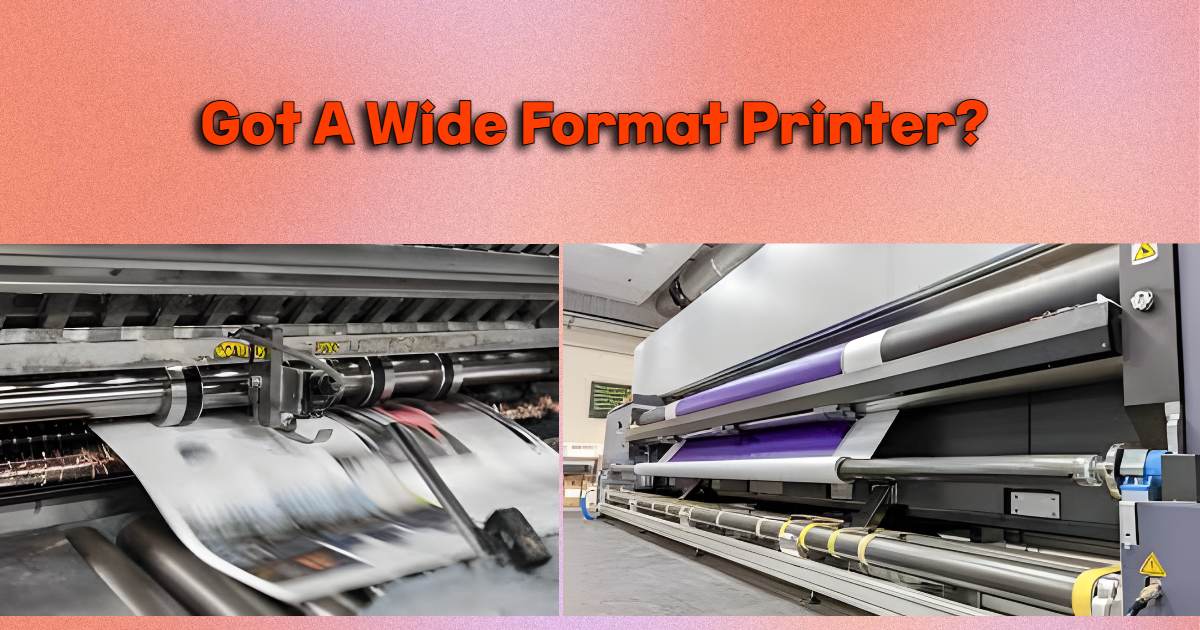
It has been a source of public knowledge for some time, but when it comes to machines and bits of tech that create waste, printers are, unfortunately, relatively high on the list!
Wide format printers are widely used for printing large-format graphics and materials, including banners, posters, vehicle wraps, wallpaper, and more. While these printers offer numerous benefits, they can also generate a significant amount of waste. If you are a printing company or simply a company that is based on being green and doing your bit for the planet, this can feel a bit hypocritical.
In this article, some essential tips on how to minimize waste from a wide format printer will be examined, so you can protect the planet while growing your business!
Table of Contents
Plan Ahead:
One of the most efficient ways that you can minimize waste from a wide-format printer is to plan ahead. Before starting any print job, take the time to carefully review the design and make sure that everything is correct. This will help prevent mistakes, such as misspelled words, incorrect colors, or misplaced graphics, which can lead to wasted materials. If you are new to using wide-format printers, you can seek guidance online from Soyang Europe to help you see what is needed to make sure your print goes as planned.
Use Appropriate Print Settings:
Using the appropriate print settings is another crucial factor in minimizing waste. Make sure to choose the correct settings for the type of material you are printing on, including the right ink type and color mode. Also, adjust the print resolution and quality settings to ensure that you are using the optimal amount of ink and that the output is of high quality.
Utilize Print Preview:
Before sending a job to the printer, take advantage of the print preview feature. This will allow you to see how the final output will look and help you identify any potential issues or mistakes. By catching errors before printing, you can avoid wasting materials and save time and money in the long run.
Optimize Material Usage:
Another way to minimize waste is to optimize the material usage, with both the printer and the canvas or paper that is being used as the print material. This can be achieved by maximizing the use of the media by printing multiple images on a single sheet, utilizing white space, or cutting out shapes to minimize the amount of waste. Additionally, if you have a leftover roll of material, consider using it for smaller projects or test prints before discarding it.
Recycle and Dispose of Materials Responsibly:
As mentioned at the start of this article, when it comes to waste, it’s essential to dispose of any waste from printing jobs, as there can be quite a lot! Many printing materials, such as paper and vinyl, can be recycled. Or why not consider setting up a recycling program in your workplace to ensure that waste is disposed of properly? Hazardous waste, such as ink cartridges, should be disposed of according to local regulations or can even be refilled.
Visit for more best articles